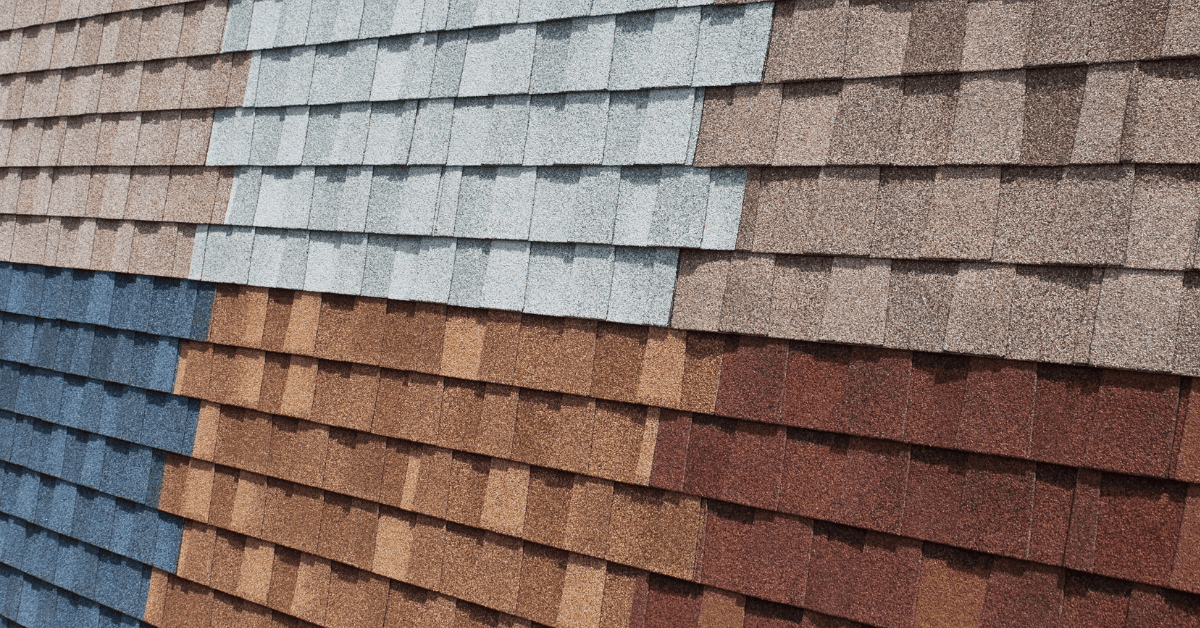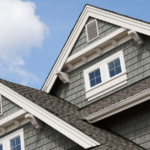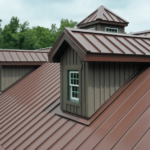The right color shingle is a subtle but significant ingredient in your home’s overall curb appeal. Taking a few moments to hear the experts’ advice on how to choose the right shingle color for your house is a good investment of time and money.
Choosing the right roof shingle color—one that coordinates with your home’s siding and shutters—is key to achieving a cohesive aesthetic. When making the selection, keep in mind the three Ss: Style, Siding, and Surroundings.
STYLE
Your home’s architectural style plays a key role in selecting a shingle color for your house. Here are a few ideas for finding the right match.
- A Cape Cod house is a classic style home design originally built of oak and pine and covered with cedar shakes or clapboard with one-and-a-half stories, a high-pitched roof, and a central front door with windows on either side. As a nod to their historical color palette, many modern Cape Cods have retained weathered wood exteriors, making lighter shingles like gray and tan a complementary choice.
- Tudor homes are known for their dark brown color palette, often with cream accents. Choosing a shingle color that is a softer shade of brown bridges the gap nicely between the rich brown Tudor beams and the cream stucco accent walls.
- Contemporary homes are often distinguished by the use of strong structural angles, resulting in a crisp and clean overall vibe to the design. Emphasize this unique architectural style with dark shingles.
SIDING
Colonial homes are one of the most popular house designs in the US. Built in a traditional style that dates back to the late 1700s–early 1800s, they are usually built on a rectangular foundation, and feature gabled roofs, symmetrical windows, flat exterior walls, and a neutral color scheme. Their look tends to be classic, with light colored siding and dark shutters. When choosing the right color shingles for this style home, taking your cue from the window shutters works well. Grey roof shingles complement a Colonial Home with white siding and black shutters, while a shade of brown roof shingle works well with a more earthy palette.
SURROUNDINGS
The natural colors that surround your home are another key factor in choosing the right color shingle. You don’t want your home to stick out like a sore thumb, but giving it presence without looking out of place is a good design goal.
For homes located in desert areas, consider choosing colors in a muted shade of red and brown. A cooler palette of pale gray or blue, or earthy tones of light cream, pale yellow, or a sandy brown complement seaside and lakefront homes. Darker toned shingles can make your house look perfectly at home in a wooded setting. Reds, browns, and even black shingles will add a pop of color and style to your home without detracting from the lush green that surrounds a mountain home.
If you live in a warmer climate, choosing lighter colored shingles may be a wiser choice. Lighter shades won’t absorb as much heat in the summer, saving you money on air-conditioning. If it’s often cold where you live, dark shades will add a bit of heat to your home while also melting snow more quickly—always a plus for the longevity of your roof.
Do the shingles you choose really make that much of a difference in the overall style and appeal of your home? Absolutely! By making a choice that takes into account its style, siding, and surroundings, you can create a bold, dramatic statement or a warm welcoming vibe for your home. And by relying on the efficient and affordable residential roofing installation services of PJ’s Roofing, homeowners in Maryland and Pennsylvania can have a new roof installed without breaking the bank. As a locally trusted contractor, PJ’s experienced team of residential roofing professionals will complete your job on time and on budget, without disrupting your life.














